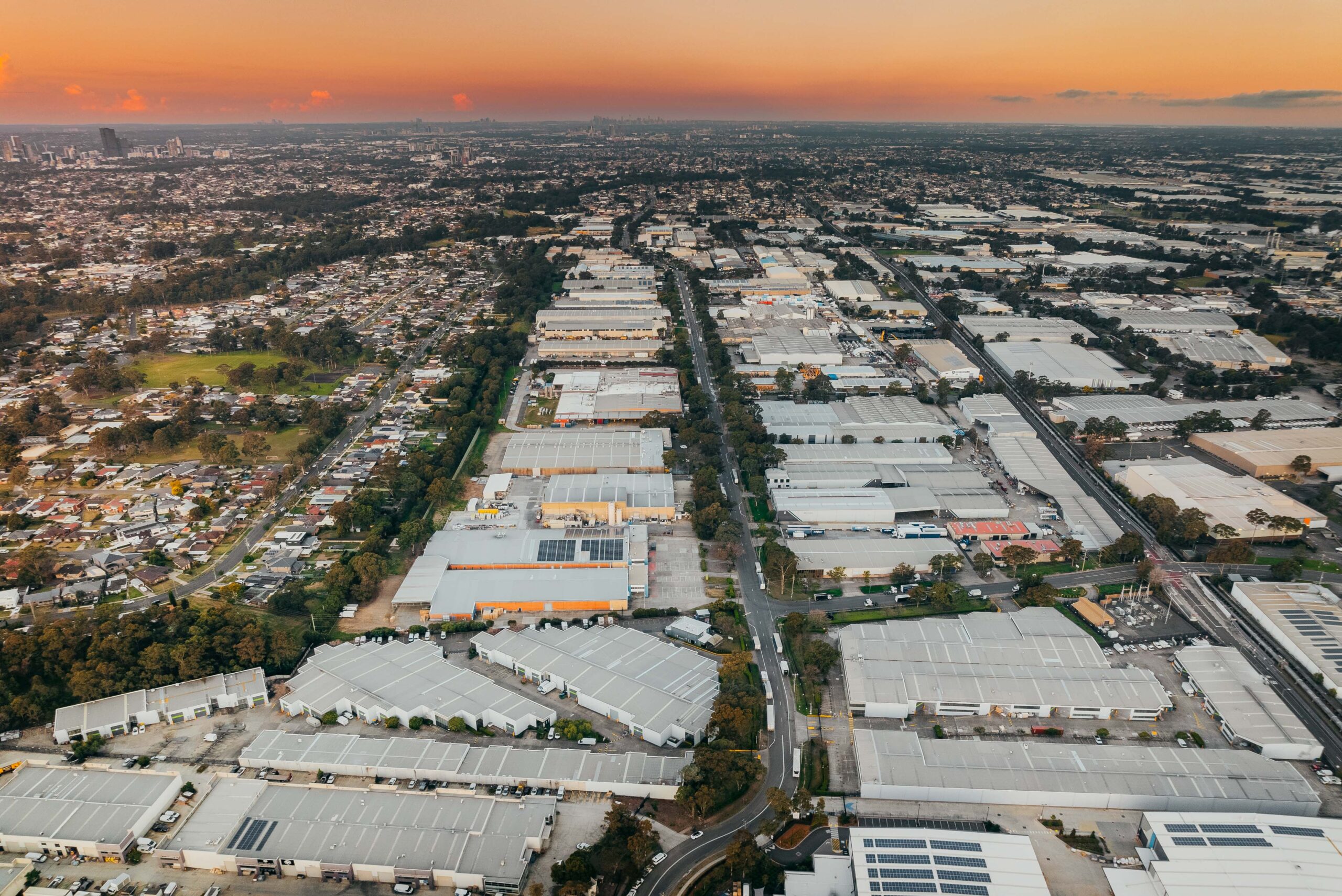
By Jack Shelley, State Director, WT
This week marks exactly seven years until Brisbane hosts the 2032 Olympics. Only seven years. The challenge is set. The countdown is on.
Queensland’s infrastructure delivery program isn’t just ambitious. It’s unprecedented. Never before has the state faced a pipeline of this scale: world-class venues, accommodation, precincts and transport links all under a global spotlight.
Success won’t be measured only by what’s ready on day 1. It will be judged by quality, value and legacy. Budgets will be under extreme public scrutiny. The expectations from athletes, media and visitors will be sky high. And Queenslanders will deserve long-lasting value from the giant spend.
To turn the heat up, throw in cost escalation, labour competition, and industry-wide constraints on productivity.
Construction in Queensland is already under serious strain. Major health, energy and housing projects are already competing for skilled labour. Infrastructure Australia warns we’ll need another 18,000 engineers in Queensland by 2032 – not to mention the thousands of tradies, project managers and other specialists needed.
Across Australia, projects are blowing out, driven by inflation, risk premiums and labour shortages. Every delay, every vague scope, every procurement misstep comes at a hefty cost.
The consequences of falling short are untenable. Think of previous Games that haven’t gone swimmingly – leaving unfinished assets or expensive white elephants that sit underused and over budget after the closing ceremony.
But there’s still time to get it right.
It starts with cost clarity. Not loose estimates, but robust forecasting based on live market intelligence, local insights and credible modelling. We need to understand not only the cost to build, but also the real cost to run, maintain, adapt and evolve every asset over decades.
Rigorous cost control must follow. Without cost discipline from the outset, capital outlay and delivery outcomes will drift further apart. The right balance of functionality, finishes and whole-of-life value needs to be found early.
We must plan realistically for inevitable constraints. Strategic staging and packaging of projects will be critical. The right procurement approaches can incentivise performance, encourage innovation, support rapid mobilisation and accelerate delivery.
There’s no doubt we’ll have to build faster and better. Some Queensland construction sites are averaging just 2.5 productive days a week. With a skilled labour shortfall and tight timelines, this won’t cut it.
Modular construction, offsite manufacturing and preassembled components are gaining traction. They can dramatically lift efficiency, accelerate build times, and reduce labour intensity on site. But they need to be integrated from the outset, not as a late-stage resort.
Crucially, Queensland must build a legacy. Every new build must have a life beyond the Games – whether that’s a venue converted into a multipurpose community facility, or an athlete’s village transformed into social or affordable housing or student accommodation, or infrastructure that can cater for long-term growth in what is already Australia’s fastest growing region.
It means designing for flexibility, lower lifecycle costs and long-term sustainability. It means choosing low-maintenance and high-durability materials, embedding energy efficiency and renewable electricity, and planning for adaptive reuse.
The road to 2032 is steep and the clock is ticking. If we don’t act with urgency, we risk falling behind. It’s time to get real about the bottlenecks and how we can unlock the delivery strategies that will get us across the line.
With the right strategies and partnerships, Queensland has the potential to deliver an exceptional Games and define the future of Australian infrastructure. We can’t afford to wait another year to ask whether we’re ready.






